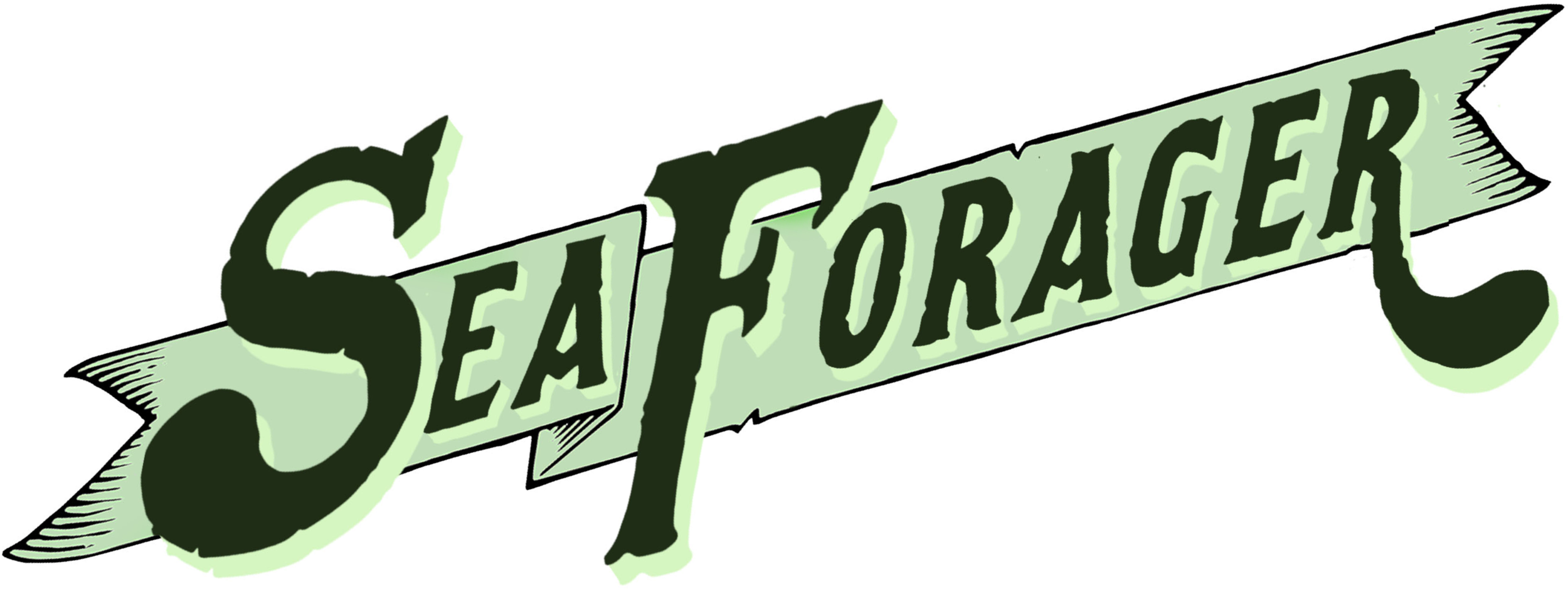Pacific Herring
(Dec-March - if we’re lucky!)
The Meat
Herring meat is strong in flavor and soft in texture. It firms up really nicely when pickled. Herring can be grilled, pickled, smoked, broiled or pan fried. De-boning a herring is a tad more difficult than de-boning a sardine, but done the same way. If you're smoking your herring remember, our herring have much less fat than the Atlantic herring that are typically used for "kippers." So when marinating your local herring make sure to add a touch of oil or fat to the mix.
Prep
Of all the fish that end up in the Neptune's Delight orders, herring require the most work. They will need to be scaled and gutted, or filleted. VIDEO: HOW TO FILLET YOUR HERRING! For pickling do not chunk the herring, fillet them. There's no easy way around this. Crack a beer or pour yourself a glass of wine and embrace the process of getting intimate with your fish! Remember, if you find eggs inside the females you can brine them and make your own kazunoko--or something close to it! Scaling tip: either do it outside or try scaling inside a paper bag.
Gear and fishery info
The local commercial herring fishery is a gill-net only fishery. Although there is also a herring-eggs-on-kelp fishery, where the "kelpers" harvest the eggs after the fish have spawned.
The way the gill net fishery works is as follows: Gill nets are set in areas where herring are about to spawn or are already spawning. The net, suspended by floats and anchored, hangs like a curtain in the water. The fish swm into the net and their heads get caught at the gills (hence: gill net). A good boat can catch about 20 tons in one good day. The gill net quota for 2013 was set at about 3,000 tons--or 5 percent of the estimated biomass (approx: 60,000 tons). This is the last great commercial fishery inside an urban area that I know of.
Almost all local herring (at least 99 percent) go towards the kazunoko (roe) trade in Japan. What happens to the 98 percent of the body that isn't eggs? Or the males? Three things: fertilizer, catfood or bait. Yes, considering how awesome herring are, there is considerable waste in this fishery.
By eating herring and creating markets for them locally, we are bucking the trend towards export, creating local demand, and hopefully giving the fishermen an easier, more lucrative option of selling locally. The Fishwives perform every year at the Sausalito Herring Festival in an attempt to encourage our favorite clupeid.
#KnowYourFisherman
Catch your own!
Recipes
Facts
Scientific Name: Clupea pallasii
Habitat: The Pacific herring is a coastal schooling species. They spawn in inshore waters and feed in offshore waters. They occupy the water column from the surface to depths of 1300 feet.
Diet: They feed on phytoplankton and zooplankton in nutrient-rich waters associated with oceanic upwelling. Young feed mainly on crustaceans, but also eat decapod and mollusk larvae, whereas adults prey mainly on large crustaceans and small fishes.
Size: Up to more than 18 inches and 1.2 lbs. But in SF the herring are substantially smaller. Fish over 11 inches are rare.
Range: Pacific Herring have numerous populations throughout the North Pacific Ocean and adjacent seas. In the western North Pacific, they are found throughout the Western Bering Sea to Kamchatka, in the Sea of Okhotsk, around Hokkaido, Japan, and south and west to the Yellow Sea. In the eastern North Pacific Ocean herring range from Baja California, Mexico, north to the Beaufort Sea, Alaska. Pacific herring are also found in the Russian Arctic from the Chukchi Sea to the White Sea.







